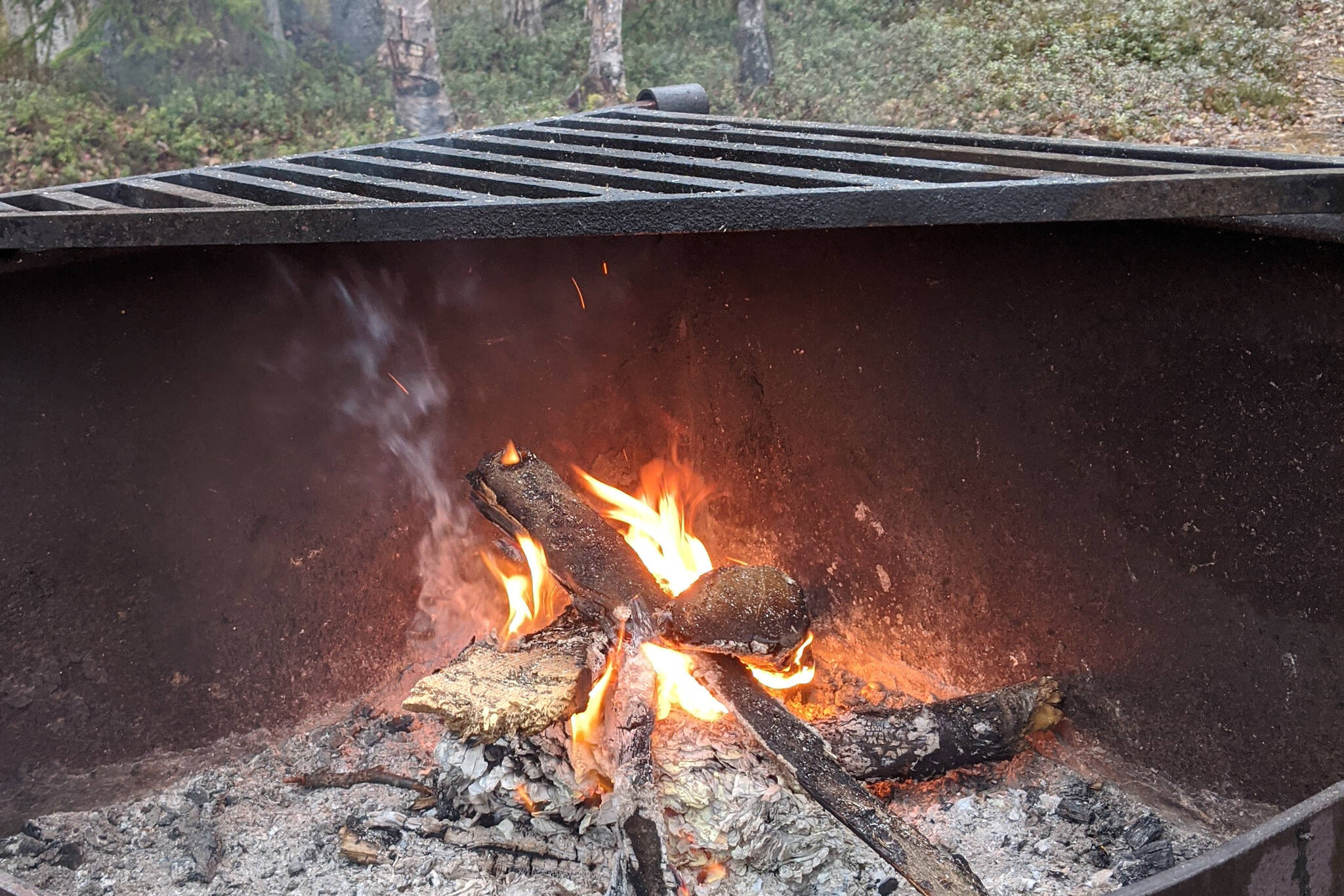Carbon, the Earth’s thermostat
A couple years ago, we celebrated New Year’s with a massive bonfire.
We invited all the neighbors, carefully stacked a bunch of old brush and leftover building material cluttering our driveway into a haphazard sculpture, and then ceremoniously lit it on fire. As we toasted the new year with hot cocoa and mulled wine, most of that big stack of wood vanished before our eyes.
And a kid asked a fantastic question: Where did all that wood, where did that giant stack of material, go?
We know the answer, but it’s something we don’t think about much. The carbon in that wood came from the atmosphere. Trees absorb carbon dioxide, or CO₂, using solar energy to build their structures. When we burned that wood, poof — most of that carbon returned to the atmosphere.
That is part of the big paradox with carbon.
It’s invisible. When we burn it, in a bonfire, in our cars or in our homes, the waste it creates seems to simply floats away.
But when that CO₂ drifts off into our atmosphere, it doesn’t just disappear. It does do something — it affects our climate. Carbon acts as the Earth’s thermostat.
Carbon dramatically affects the Earth’s climate
Carbon isn’t just found in the atmosphere or living things. In fact, over 99% of the Earth’s carbon is locked away in the rocks beneath our feet. On geological timescales, carbon cycles naturally between rocks and the atmosphere, maintaining a delicate balance. But when that balance gets disrupted, the Earth’s climate can be thrown off-kilter.
There’s mounting evidence that we can’t afford to ignore CO₂ and that simply reducing emissions might not be enough to meet climate goals.
That’s where the idea of a “second approach” to tackle climate change comes in.
In addition to transitioning to renewable energy, we may need to capture CO₂ directly from power plants, industrial facilities, or even from the air itself, and store it permanently underground. This method could become an important new front in our fight against climate change, working alongside efforts to cut emissions.
Alaska has some of the best carbon storage potential in the world
Alaska is rich in oil and natural gas, and its depleted oil and gas fields could hold new promise as prime candidates for carbon storage. The same natural geologic “containers” that trapped oil and gas for millions of years could potentially be repurposed to securely store CO₂.
If done properly, there’s no reason to believe the carbon wouldn’t stay put for millions of years — just like the original hydrocarbons.
In Alaska, the Cook Inlet region is gaining attention as an excellent site for carbon storage, potentially offering some of the greatest storage capacity on the west coast of North America. Its strategic location offers opportunities for both local carbon storage and serving markets in Asia seeking carbon storage options to meet their decarbonization goals.
Storing carbon underground is not a new idea; it’s already happening elsewhere.
In North Dakota, ethanol plants are capturing and sequestering CO₂ as part of a push toward zero-waste operations. In Saskatchewan, the Boundary Dam coal plant operates the largest carbon capture and storage, or CCS, facility in North America. And the Northern Lights hub in Norway, a large-scale CO2 transport and storage project off its coast, offers a glimpse of what a similar hub in Alaska could look like.
Could Alaska be the next leader in carbon capture and storage?
According to a recent poll, half of Alaskans are unfamiliar with CCS. Even fewer realize that Alaska’s unique geological features make it an ideal location for CCS initiatives.
These resources could pave the way for a new industry focused on carbon warehousing, direct air capture plants, and other innovative strategies. By tapping into its geologic potential, Alaska could position itself as a leader in carbon management, attracting investments and creating jobs in this rapidly growing sector.
As uncertainty around gas production in Cook Inlet grows and state oil revenue has been declining, could carbon management emerge as a new industry to diversify and strengthen Alaska’s economy?
The answer may rest in Alaska’s ability to harness its natural strengths and turn the challenges of a shifting energy landscape into opportunities for growth.
Gwen Holdmann is associate vice chancellor for Research, Innovation & Industry Partnerships at University of Alaska Fairbanks and senior researcher for Alaska Center for Energy and Power.
Join the Alaska Center for Energy and Power on Jan. 23 at 5:30 p.m. at the Challenger Learning Center of Alaska, 9711 Kenai Spur Highway, Kenai, for a Town Hall on Carbon Capture and Storage and bring the family! We will have plenty of hands-on activities curtesy of our partners at Alaska Resource Education.

